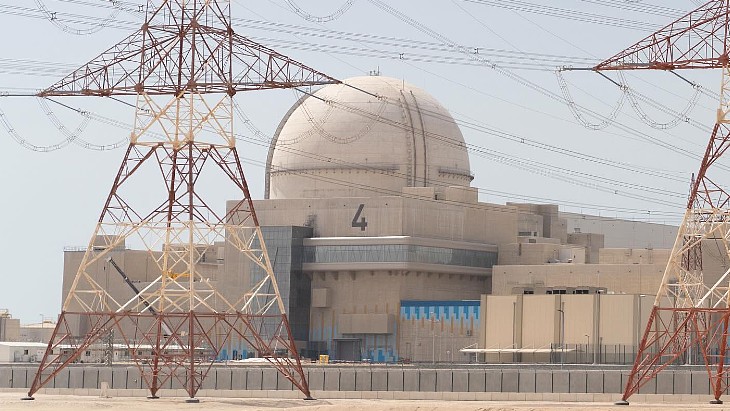
The Emirates Nuclear Energy Corporation (ENEC) announced on 23 March that its operations and maintenance subsidiary, Nawah Energy Company, had "safely and successfully" connected the unit to the transmission grid, which it said marked a "pivotal moment in the nation's clean energy transition and journey towards Net Zero by 2050".
The Korean-designed APR-1400 will now undergo a process known as power ascension testing, when it will be continuously monitored and tested as its power levels are gradually raised until full capacity, and ultimately,is declared to be in commercial operation.
Construction of the fourth unit at Barakah began in July 2015, three years after work began on the first unit at the site. The institutional knowledge and experience from each reactor has been applied to the subsequent units, meaning each one has been connected to the grid "more efficiently" than its predecessor, ENEC said: unit 3 was delivered four months faster than the unit 2 schedule, and five months faster than unit 1, "demonstrating the significant benefit of building multiple units within a phased timeline".
"Grid connection of Unit 4 puts us well on the path to full-fleet commercial operations, and with that, the ability to generate 40TWh of clean, baseload electricity annually to drive our Net Zero economy, offering a competitive edge to many businesses, decarbonising hard-to-abate industries, while presenting a global benchmark for the entire nuclear energy industry," ENEC Managing Director and CEO Mohamed Al Hammadi said.